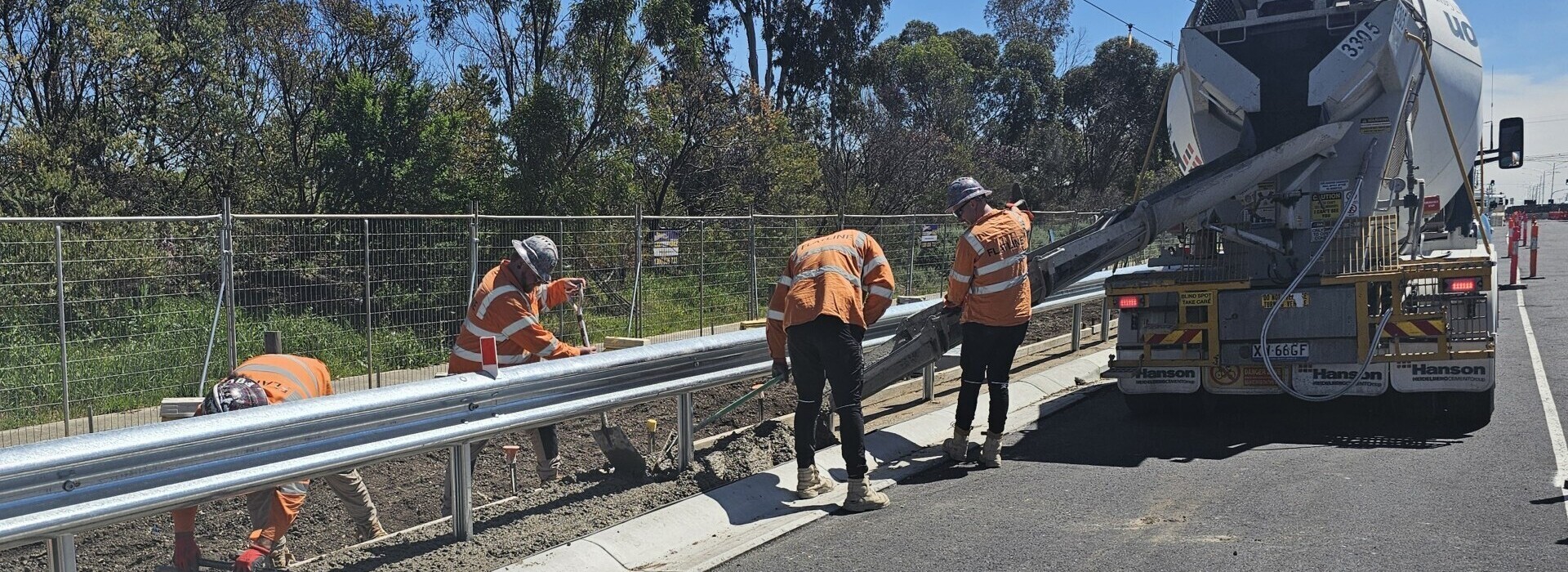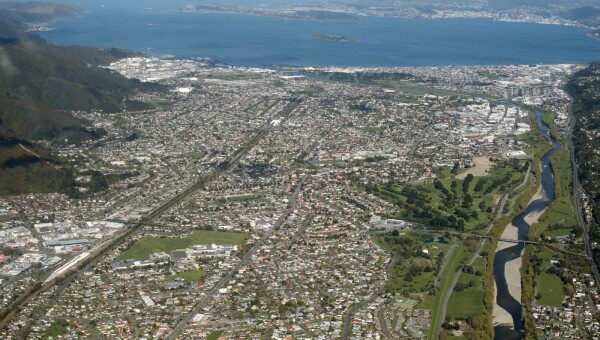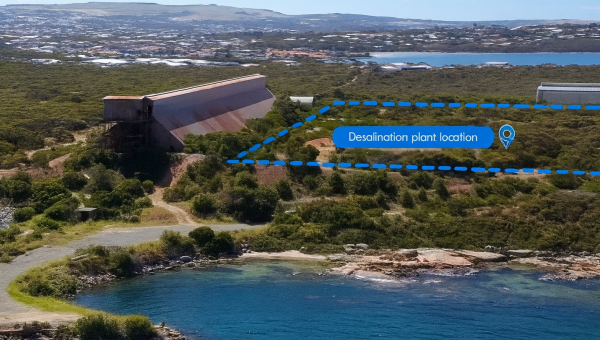Our Epping Road Upgrade team successfully trialled a new form of concrete which cuts greenhouse gas emissions and turns a waste product into a resource.
The mix uses calcined clay, a byproduct sourced from quarries around Victoria, as a substitute for traditional Portland Cement. This was the second structure in Australia to feature the innovation and represents a significant step forward in meeting one of the biggest challenges in sustainable construction.
Concrete is the second most consumed element in the world, after water, and its production accounts for 8% of global emissions. This is mainly due to Portland Cement, the key ingredient that holds concrete mixes together and requires extremely high temperatures to produce. There are alternatives to Portland Cement that divert waste from landfill but many of them compromise its performance; calcined clay not only replaces the traditional mix but matches its strength as a binder.
The new mix was applied at Epping Road as part of a maintenance strip and saved 800kg of carbon dioxide - that's a year’s worth of emissions from the average car driving past!
The success of this trial is a huge credit to the team of researchers, designers, engineers and suppliers who collaborated on the initiative. Their hard work and innovation paved the way for wider use of the product and a more sustainable option in a foundational part of the industry.





